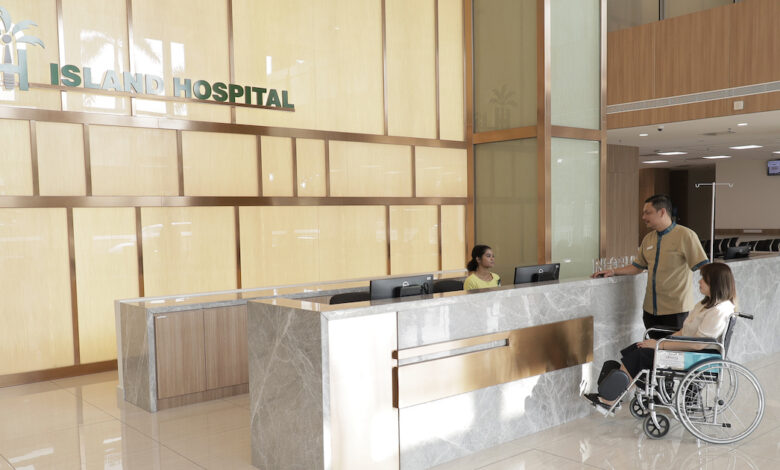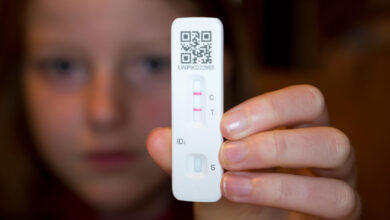Digital at the core of a collaborative care model

Adopting a collaborative model of care is one approach that can help temper the rising cost of healthcare globally. Island Hospital, a private quaternary hospital in Malaysia, is providing a case for this by building an integrated health ecosystem that fosters cooperation and collaboration among stakeholders.
“Collaborative models allow healthcare providers to reach a broader population, including underserved communities, thereby addressing health disparities and reducing the burden of preventable diseases. These facilitate early detection and intervention, allowing for timely management of health risks before they progress to more severe and costly conditions,” Island Hospital Chief of Staff Lim Kooi Ling said.
Central to this approach, she reveals, are digital technologies.
How digital underpins preventative care collaborations
The 600-bed hospital in the state of Penang is already a fully EMR-integrated facility since 2020. “Despite facing an unexpected lockdown on 18 March 2020, Island Hospital remained steadfast in its commitment and proceeded with the go-live two days later,” Lim said, sharing an interesting anecdote. Island Hospital is using Vesalius, the hospital and clinical information system by Nova.
The hospital, which serves almost 400,000 patients each year, has also worked with Nova to develop the VESALIUS.m, its mobile patient application. It features a booking system, a real-time queue tracker, and access to information, such as doctors’ directory and patient’s visit and billing history. Patient feedback forms, loyalty programmes for children and seniors, and health screening promotional packages are also included in the app.
These two technologies are utilised in tandem to promote collaborations, particularly for preventative care.
“In consultations involving multiple specialist or interdisciplinary teams, the EMR system facilitates seamless communication and information sharing. Specialists will be able to access relevant patient data and contribute their insight directly within the EMR, ensuring a coordinated approach to patient care,” Lim explained.
“The VESALIUS.m app complements the EMR system by empowering patients to actively engage in their own healthcare journey. Patients can utilise the app to schedule appointments, access medical records, and receive appointment notifications, fostering a proactive approach to preventative care, as patients can easily monitor their health status, and follow the recommended follow-up appointments or screenings.”
Besides the EMR and mobile app, Island Hospital is growing its arsenal of digital tools that will also support its preventative care collaborations. “Island Hospital is in the midst of implementing further improvements to its ICT framework. This includes AI-based PACS as well as an electronic blood bank system.”
These technologies will also be foundational to the hospital’s ambitious Island Medical City project. This medical precinct will feature medical suites which will host diverse specialists, facilitating a multispeciality approach to health promotion. Additionally, these suites will help lower overhead costs for individual practitioners while ensuring their access to critical technologies.
Emphasising collaborations
Insurers are already anticipating a double-digit increase in healthcare cost in Asia Pacific this year, a recent Willis Towers Watson report noted. “With medical costs rising at an estimated rate of 6% per year, it’s imperative to address this disparity to ensure that healthcare remains accessible and affordable for all,” Lim stressed.
“By emphasising shared goals and coordinated care approaches, preventative care collaborations can optimise healthcare utilisation, reduce unnecessary hospitalisations and emergency room visits, and ultimately lower healthcare expenditures.”
“Digital technologies facilitate these collaborations, encouraging a more integrated and holistic approach to patient care. Enhanced communication channels and access to integrated patient information enables teams to work more cohesively, resulting in more coordinated and effective care delivery.”


